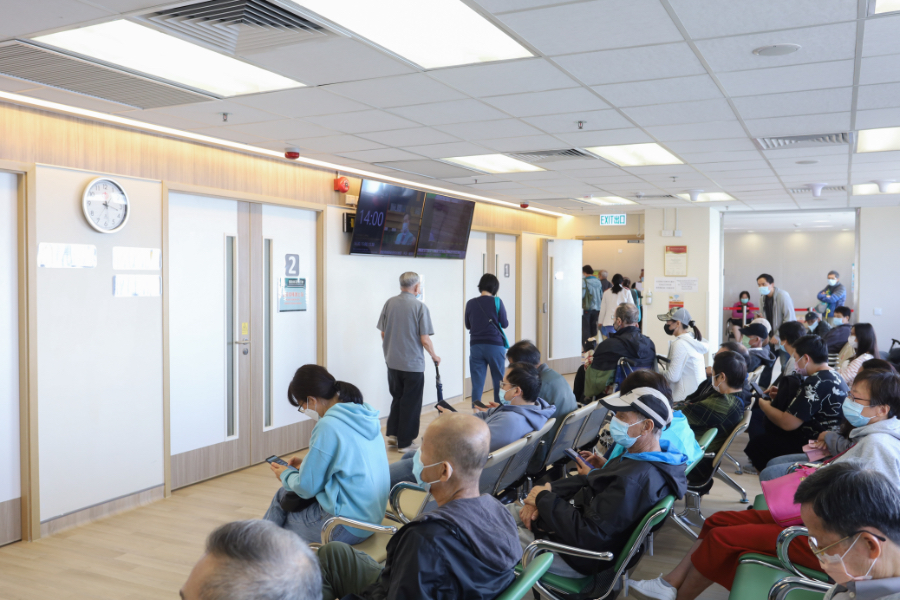Nine measures to shorten SOPC waiting times

The Hospital Authority (HA) is introducing nine measures to shorten the waiting times for patients in Specialist Out-patient Clinics (SOPCs). HA Chief Manger (Quality and Standards) Dr Lau Ka-hin (pictured) says the measures will be introduced in accordance with the three-pronged strategy on sustainability that involves ‘narrowing upstream, collaborating downstream, and diverting midstream’. The target in the short run is to apparently improve the SOPC waiting times for new case booking. The nine measures include

1. Gatekeeping on referrals
In every year, SOPCs deal with around 7.5 million appointments and receive 800,000 new case referrals. Dr Lau explains doctors could consult senior doctors, and make reference to clinical guidelines and patients’ investigation result when determining referrals to SOPC, to avoid unnecessary referrals.
2. Discussion platform
A discussion platform for secondary consultation will be established between SOPCs and FM clinics where doctors can discuss follow-up action for patients, ultimately enhancing specialty interest and capabilities in FM clinics, to cope with patients’ needs.
3. FM-Specialty collaboration
If a patient is sent to an SOPC in a mild and stable condition, the specialist will suggest the patient to have a medical consultation at a FM clinic where treatment can be administered sooner. This type of collaboration has already been implemented in the Department of Orthopaedics & Traumatology (O&T) in several clusters with a resulting improvement in waiting times.

4. Integrated Clinics
Integrated clinics with multi-disciplinary collaboration have been established in all clusters to tackle long waiting times. Dr Lau says the arrangement “provides pre-medical assessment and checkup by nurses or allied health professionals for early intervention before the first doctor’s appointment in an SOPC” and results in fostering the patient journey.
5. Pharmacist Clinic
For some suitable patients with stable condition, doctor will refer them to related Pharmacist Clinic. Pharmacist will provide respective assessment and follow up before their medical appointment. Suitable patients include those taking anticoagulant or those being treated for conditions like diabetes mellitus and chronic obstructive pulmonary disease.
6. Demand management
Patients will be diverted from hospital with long waiting time to the one with shorter waiting time within the same cluster to even out service demand.

7. Review of stable patients
If a patient has been in a stable condition for a period of time, doctors can decide to close case according to patient’s condition or relevant guideline.
8. Transfer of cases to FM clinics
If a patient’s condition is stable but still needs follow-up treatment, he/she can be referred to FM clinics.
9. Co-care model
The HA is extending its private-public partnerships programmes including the introduction of Co-care model, which invites stable medical and O&T patients to have consultations and receive prescriptions from general practitioners in private sector to reduce SOPC waiting times.
In addition to the above measures, we would also strengthen the manpower of doctors, through Retired and Rehire Scheme, Special Honorarium Scheme and part-time doctors to increase the number of consultations and hence shorten the waiting times for new case booking of SOPC.
In addition to the above measures, we would also strengthen the manpower of doctors, through Retired and Rehire Scheme, Special Honorarium Scheme and part-time doctors to increase the number of consultations and hence shorten the waiting times for new case booking of SOPC.
